- Photographing Peru with Jordan Hammond
-

Jordan Hammond is a freelance travel photographer and storyteller from the UK. He first discovered his passion for photography whilst living and working in China as an English teacher. Armed with his trusty entry-level Canon camera and kit lens, he began documenting his travels around the country for his family and friends to see back home.
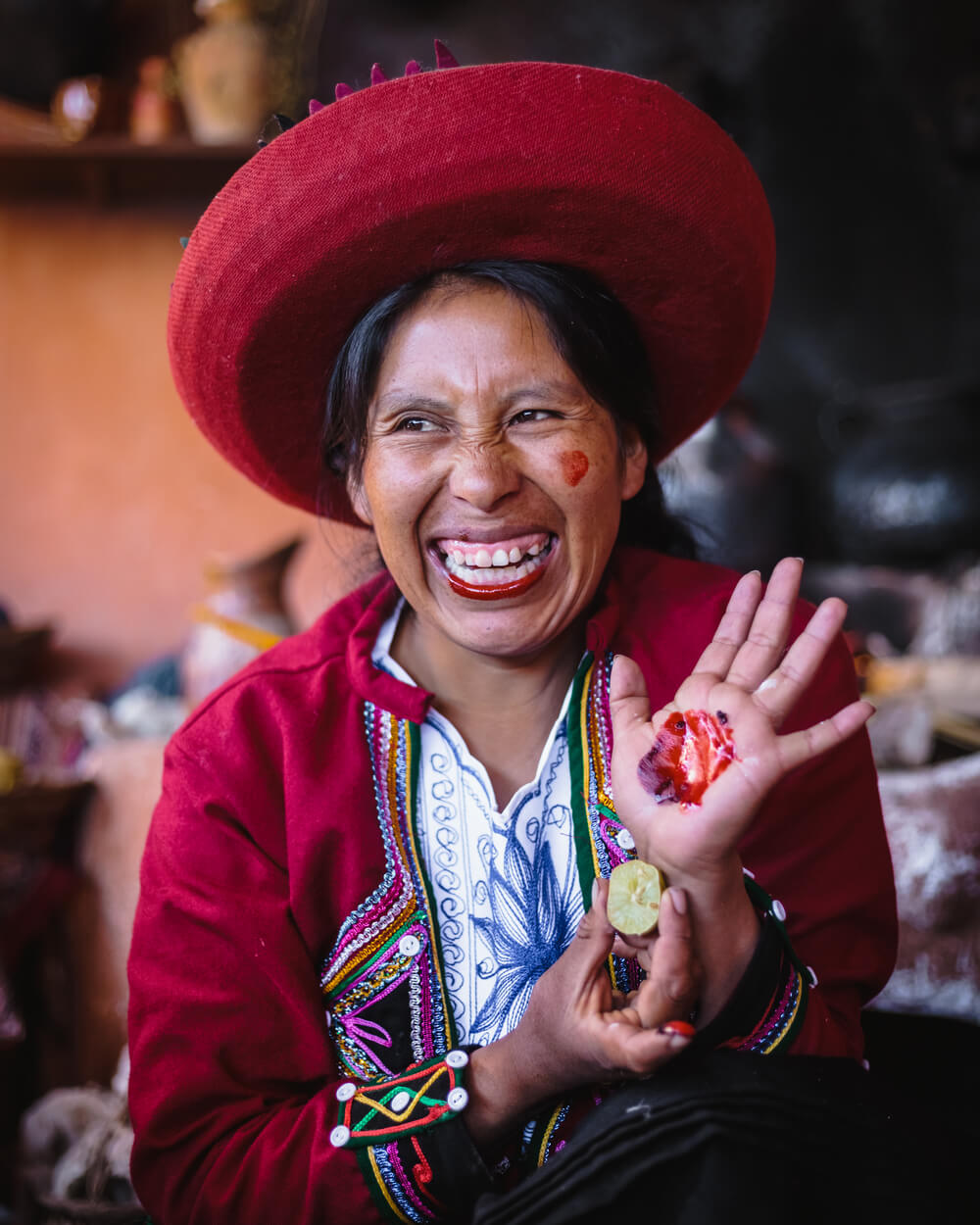
Today, Jordan travels through Asia, Europe and beyond on a full-time basis and works with some of the biggest travel brands in the world. However, it’s Peru that has truly won Jordan’s heart and he is immensely passionate about sharing the country’s dramatic landscapes and vibrant culture with the world.
Here Jordan offers his tips on exploring Peru’s best photography locations, as well as a packing checklist and advice on the best camera gear and settings to use.
“Peru is one of my favourite travel destinations to shoot both landscapes and portraits. Its wealth and diversity of culture, food and nature is incredible to witness and photograph.”
Jordan Hammond
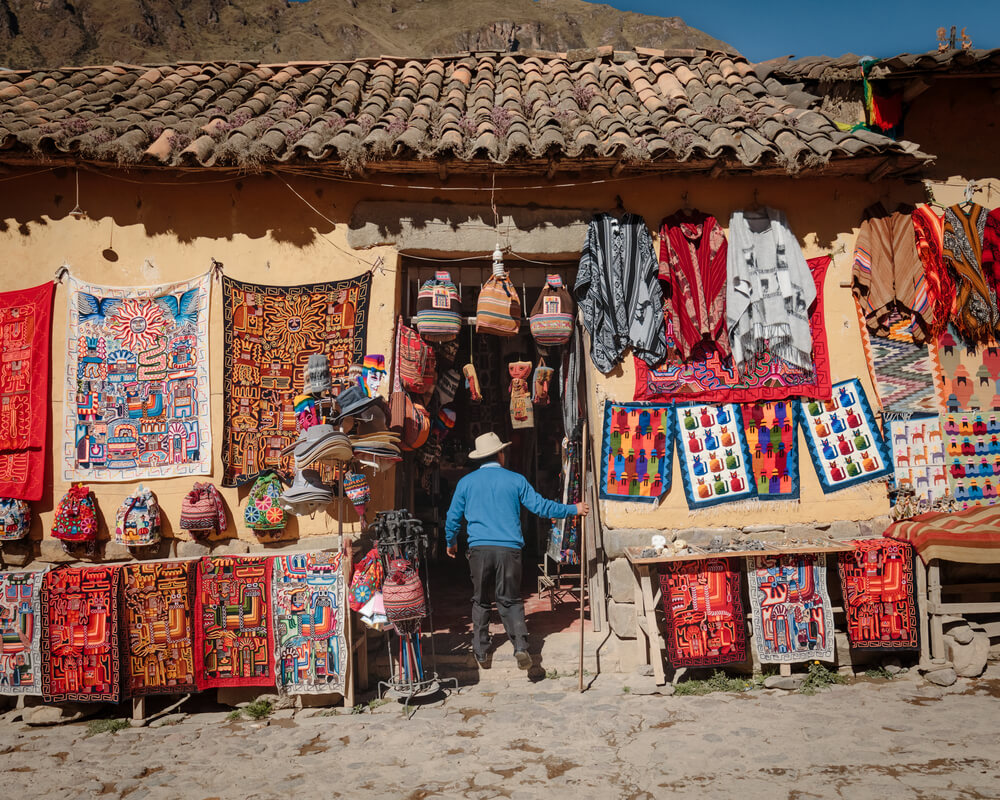
From the peaks of the Peruvian Andes and deserts of Huacachina, to the local people and alpacas of Sacred Valley, Peru really is heaven for photographers. Whatever style of photography you’re into, whether it be street, landscape, nature or documentary, you are sure to find inspiration at every turn in this vibrant country.
Peru is also surprisingly well-connected by public transport and has tour companies aplenty, meaning you can see most of the country with relative ease (unless you’d prefer to hike, of course!)
• Rainbow Mountain (Vinicunca)
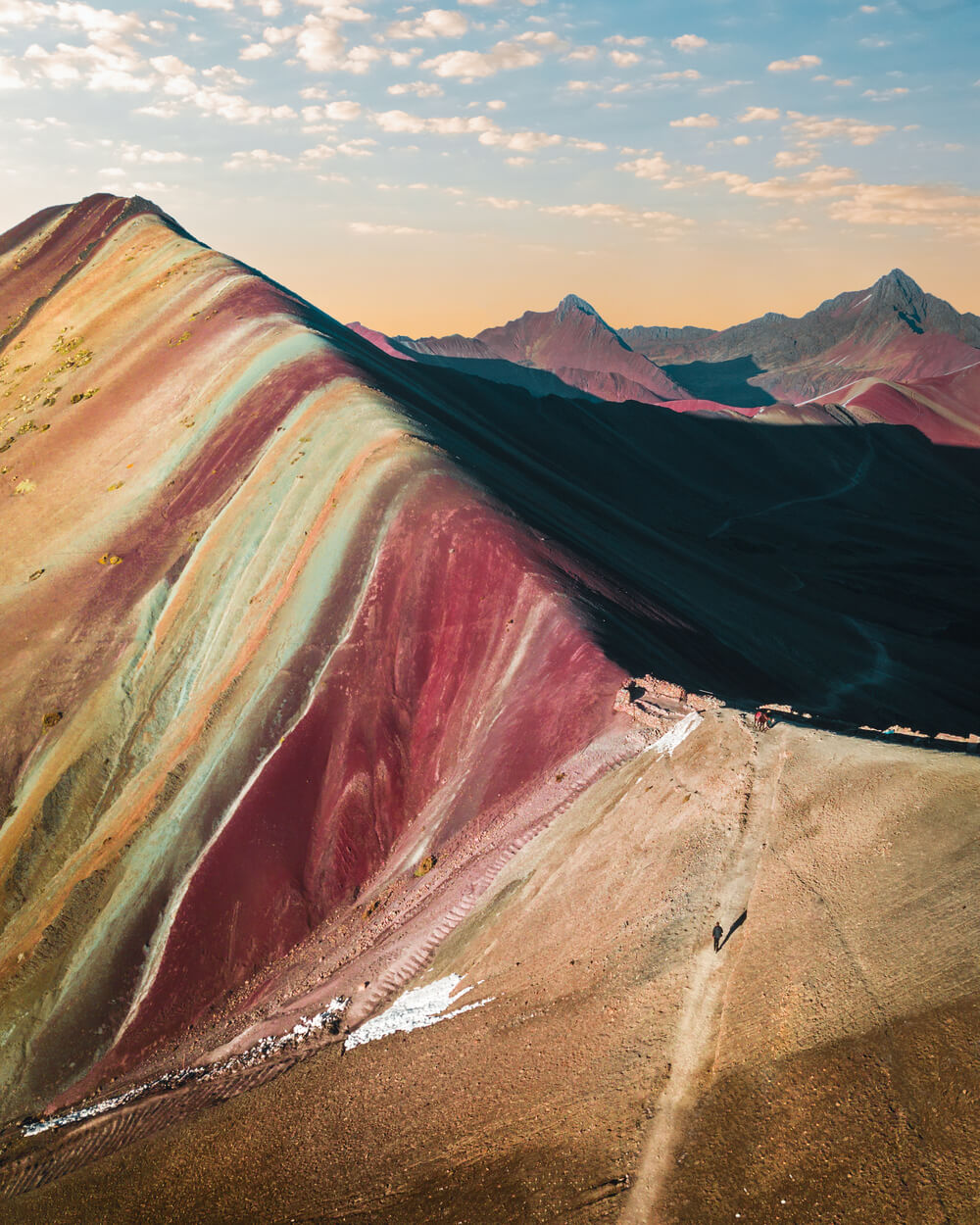
My favourite place to shoot in Peru has to be Vinicunca, also called Rainbow Mountain—despite the exhausting 18km trek to reach it!
“There are only a few places in the world that have multi-coloured mountains, making this one of the best places to create truly unique images.”
Jordan Hammond
Both blue and golden hours are great times to shoot this vivid location. With blue hour comes the soft glow that highlights all of the mountain’s magnificent colours individually. Then, as the sun rises or begins to set in the evening, half of the mountain becomes brightly-lit while the other remains in darkness, which makes for amazing contrast.
If I had to recommend a particular time to photograph Peru’s Rainbow Mountain, I’d go for sunrise during the winter, where you may also be able to shoot the low clouds that roll through the mountain range while it’s covered in snow. But it really is a beautiful sight to witness at any time of year.
• Machu Picchu
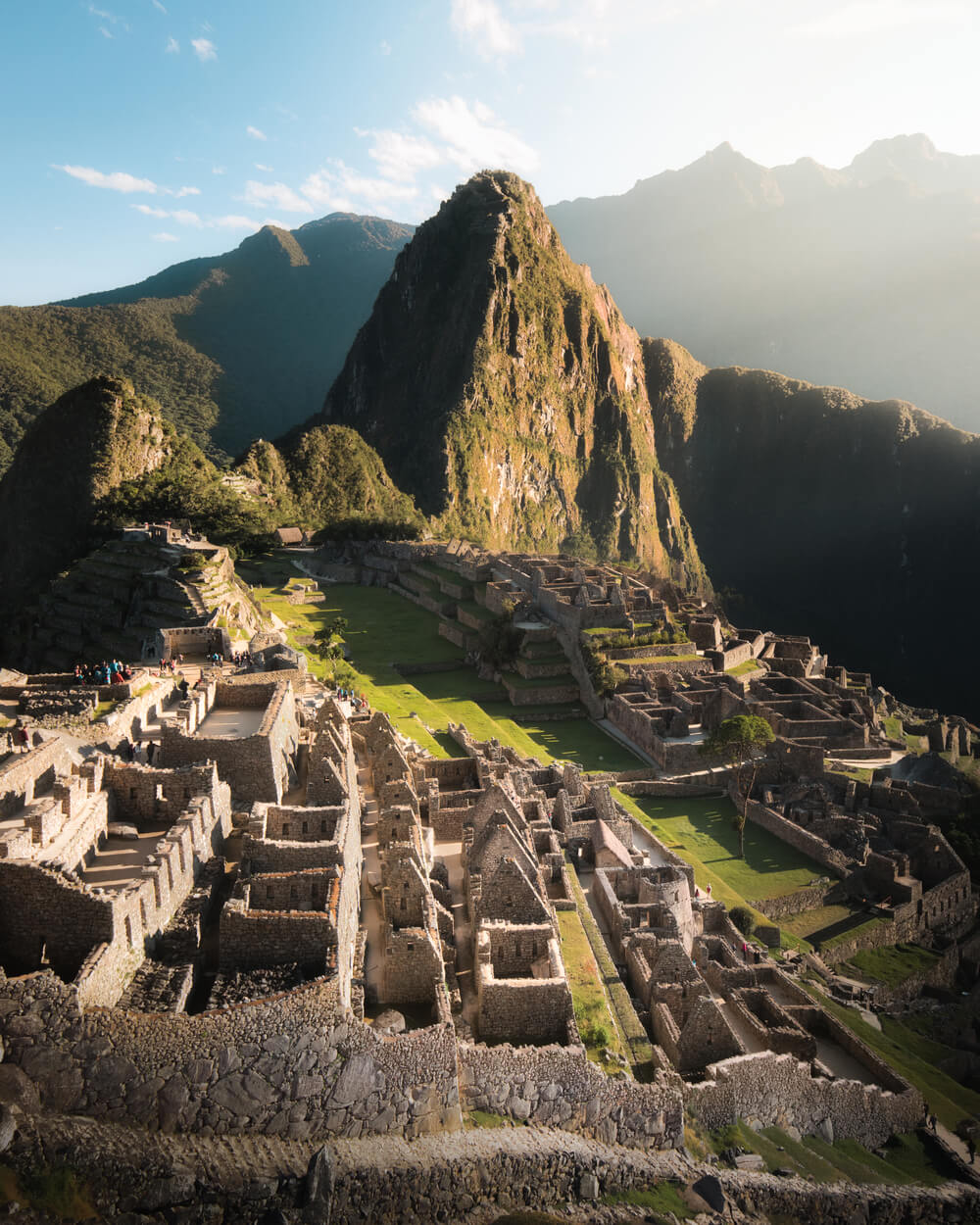
I thoroughly enjoyed shooting Machu Picchu in the Andes Mountains. Though the site’s exact use is still unknown, it’s believed to have been built as an estate for the Inca emperor Pachacuti in the 15th century.
Machu Picchu’s unusual buildings always look great in photographs, while the panoramic vistas viewable from here are nothing short of spectacular. I like shooting it just after sunrise, when you can capture the light rays piercing through the distant mountains.
• Cusco
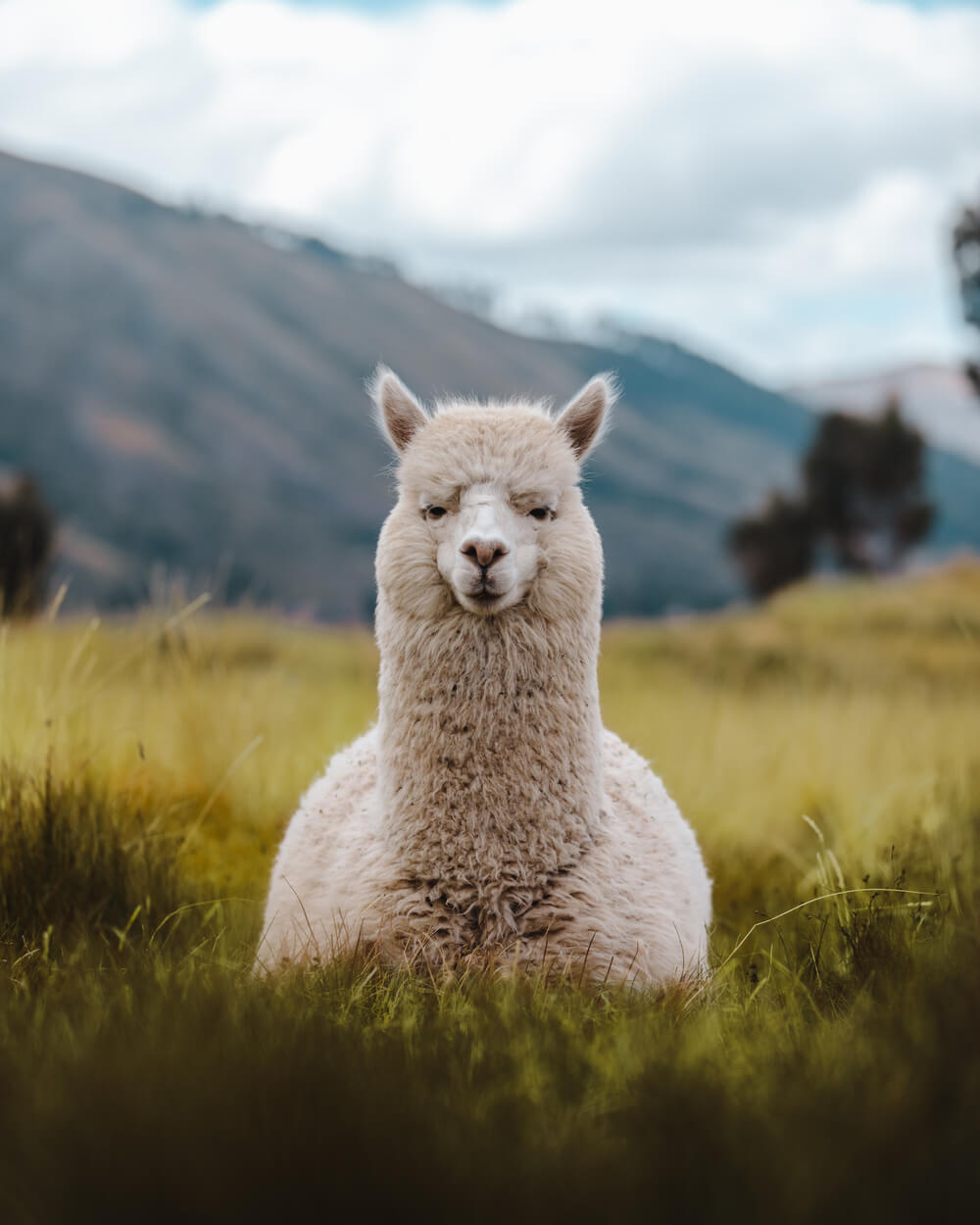
One of the best places to photograph people, architecture and scenes of day-to-day life in Peru is in the city of Cusco. It was once the capital of the Inca Empire. Today it is famous for its ancient archaeological remains and colourful Spanish colonial architecture.
The central square of Plaza de Armas is a good place to start shooting, where the locals move among old arcades, elegantly-carved wooden balconies and Incan ruins. There’s also the baroque Santo Domingo Convent to explore, which was built on the site of the historic Temple of the Sun (Qoricancha).
• The Huacachina Desert Oasis
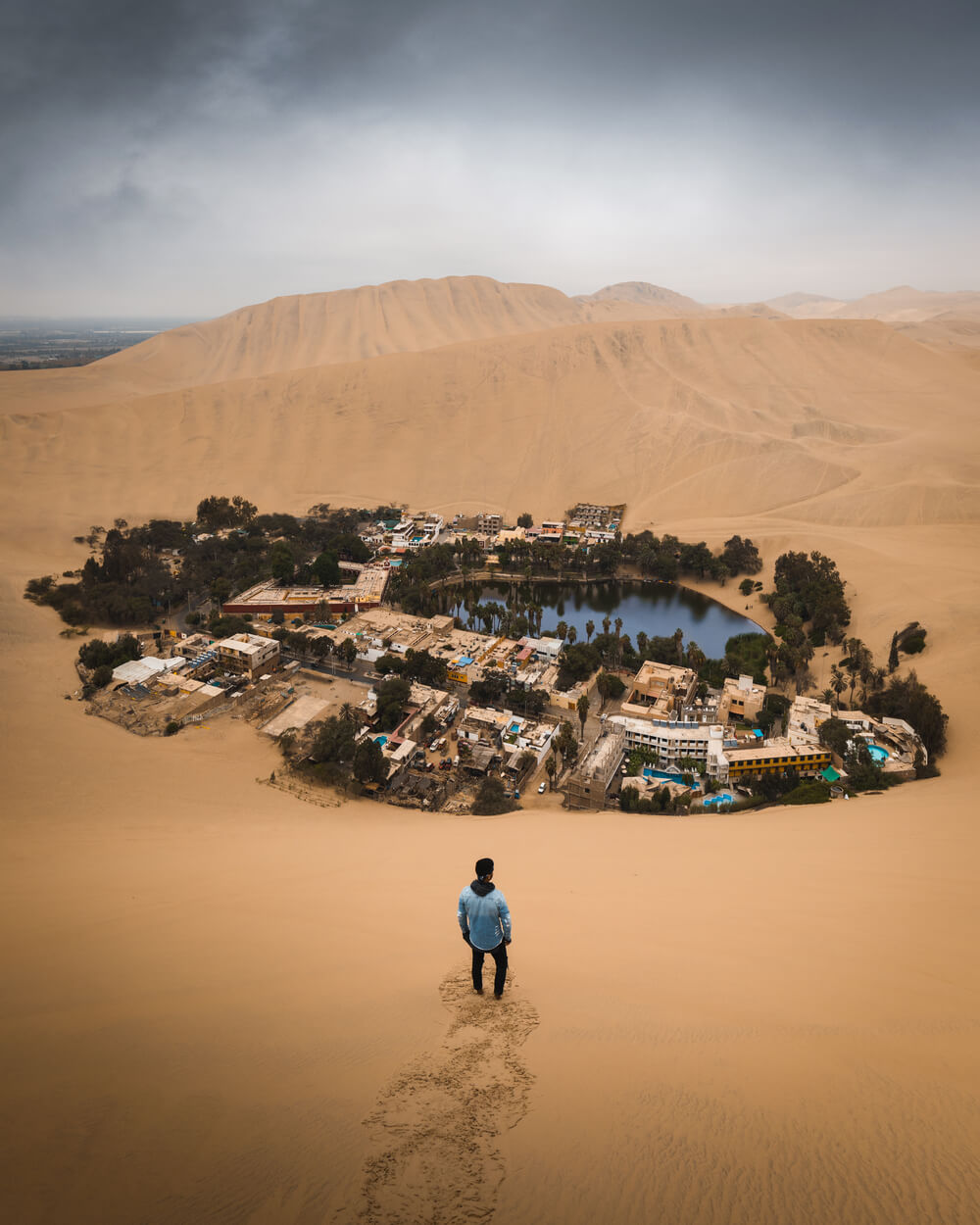
Huacachina is a tiny village built around a small oasis and surrounded by dramatic sand dunes. This is another essential photography spot in Peru and I’d absolutely recommend shooting around sunset when the dunes cast ominous shadows over the faintly lit town.
Local legend says that the area’s water and mud is therapeutic, so you can get great shots of locals and tourists caking themselves in the “magic” mud.
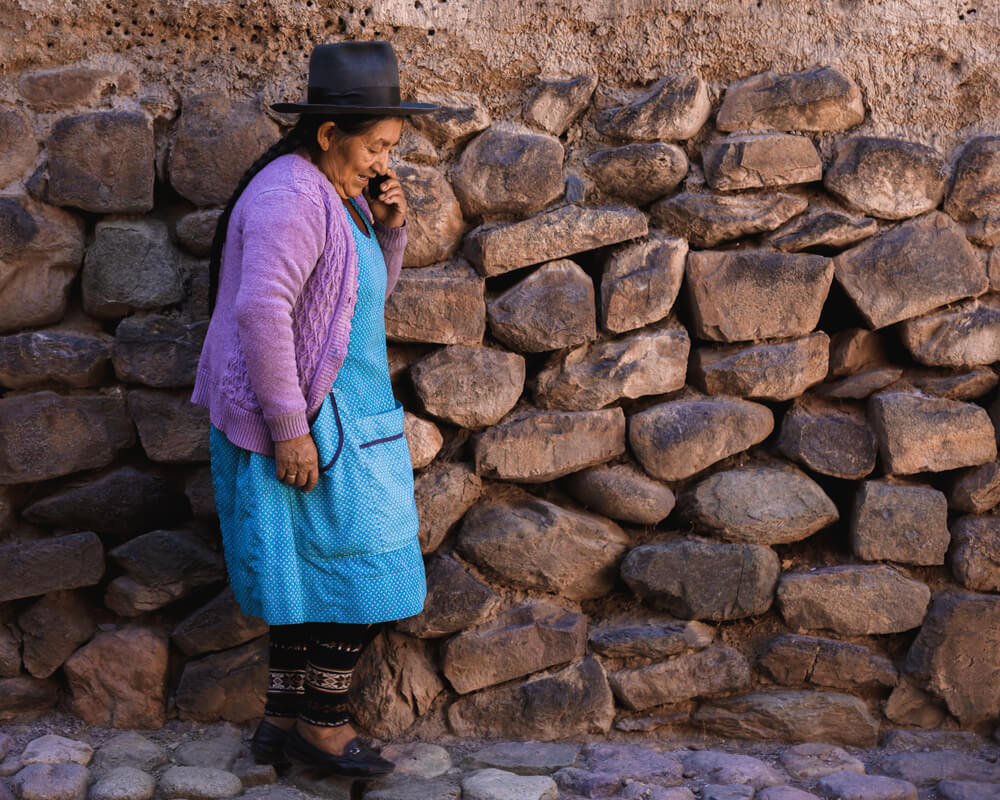
Lenses
For photographers travelling to Peru, I would suggest taking a wide angle and telephoto lens. The wide angle lens will enable you to capture the enormity of sites such as Machu Picchu and Huacachina, while the telephoto lens will allow you to compress and exaggerate the epic scenes found in the Peruvian Andes.
I opted for the Canon 5D Mark IV with the EF 16-35mm f/4 IS USM and EF 70-200mm f/2.8 IS II USM for a large portion of the trip. I also carried an EF 50mm f/1.8 STM (nifty fifty) for the streets of Cusco and mountain trails, where you never know which interesting character you will bump into next.
Tripod
The sprawling landscapes of Peru are spectacular and you will want a tripod to be able to capture them in tack-sharp detail. A tripod will also be especially useful in low-light conditions, when working with slower shutter speeds.
Polariser Filter
Having a polariser filter is always handy for photographing Peru’s glassy glacial lakes and prominent blue skies.
Camera Bag
I would also implore you to invest in a well-made and comfortable camera bag that you don’t mind carrying for the arduous hiking you may encounter in the mountainous regions. I use the Incase Camera Pro for comfort and accessibility, but there are many great bags out there so do your research.
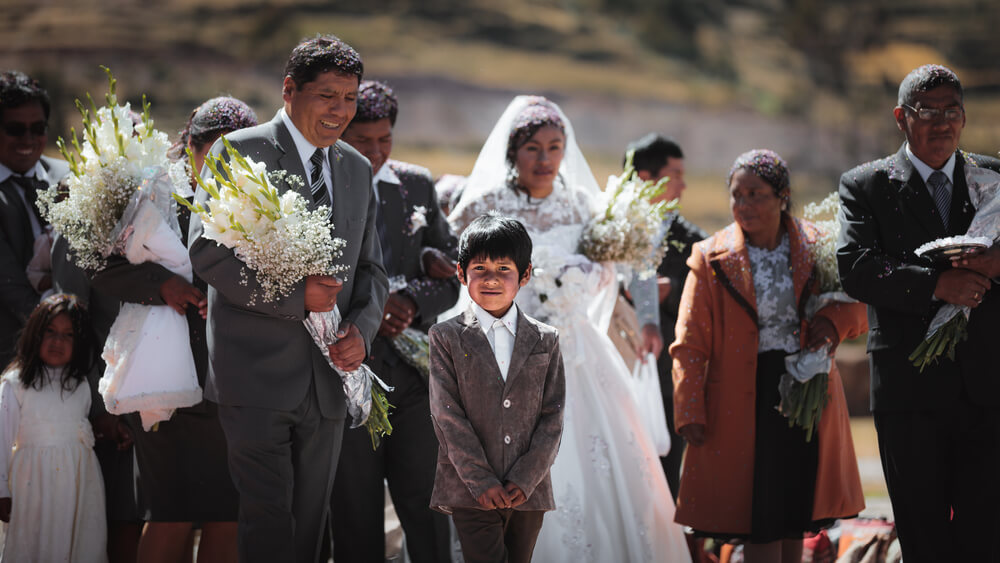
As far as my recommended camera settings, I maintained an aperture of f/8 in the mountains in order to capture the vast amount of details, all the way from the foreground to the peaks beyond. On the contrary, I kept between f/1.8 and f/2.8 and a higher shutter speed when shooting up close and personal in the streets. This ensured my images were nice and sharp, with a clear distinction between subject and background. I would always recommend using a low ISO number such as 100 or 200 wherever possible. This will ensure your images are clean and free of grain or noise.
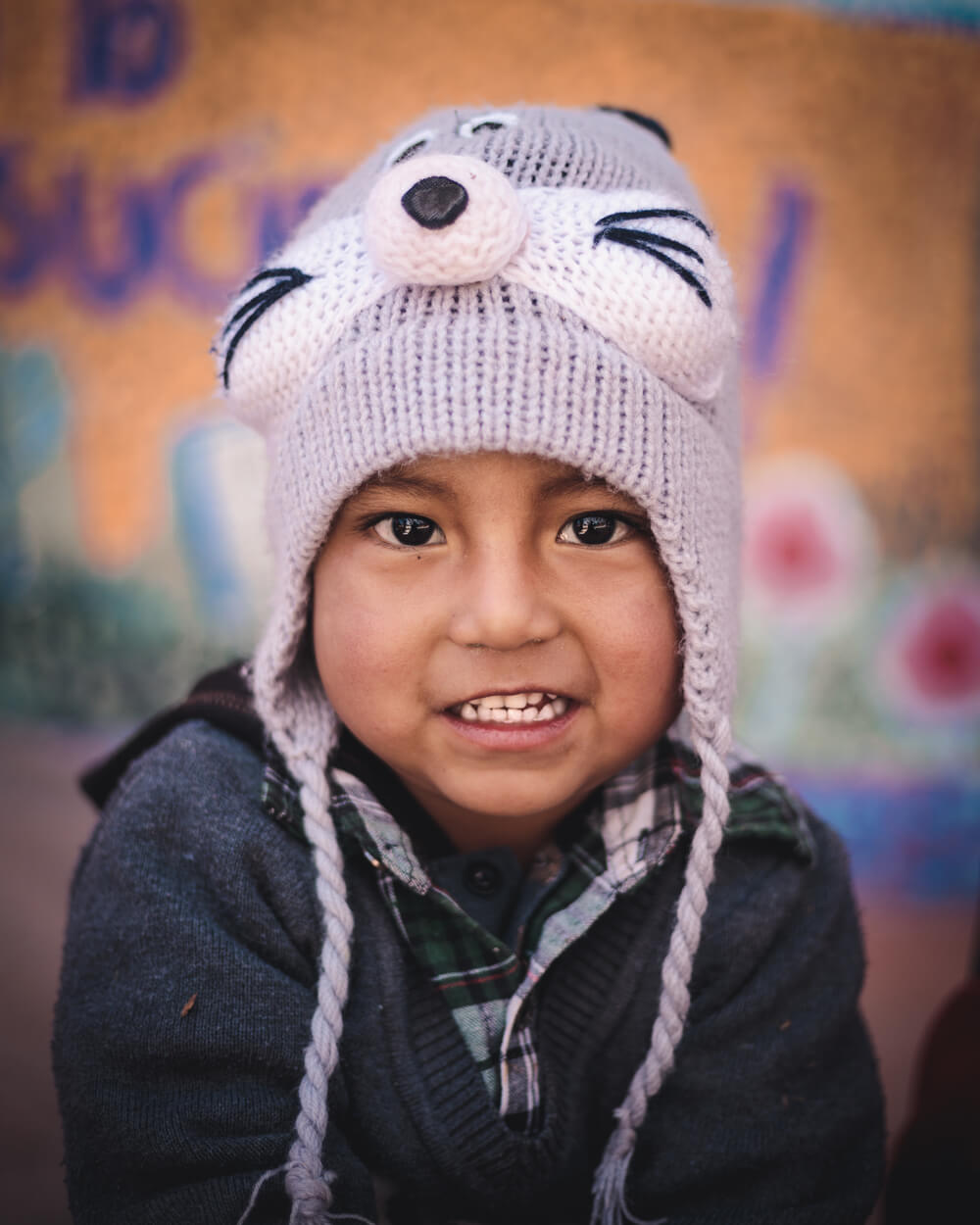
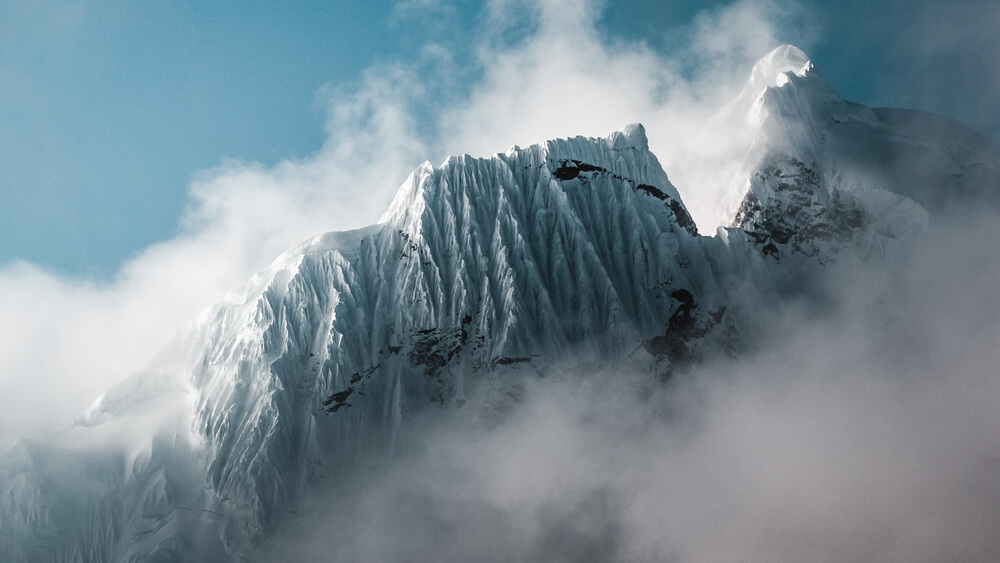
Remember that Peru is a large country with diverse weather conditions, so it’s important to pack clothing that you can easily layer. As well as making sure you have all your camera gear with you, it’s important to pack the following to ensure you have a safe and comfortable trip while travelling in Peru:
Cusco has an altitude of 3,400m, so altitude sickness is often an issue for travellers. Make sure you prepare for this by keeping well hydrated, avoiding alcohol and caffeine and taking a few days to rest and acclimatise before you go exploring. Also be aware that evenings can turn extremely cold, so be sure to plan ahead if you are going to be out until after sunset.
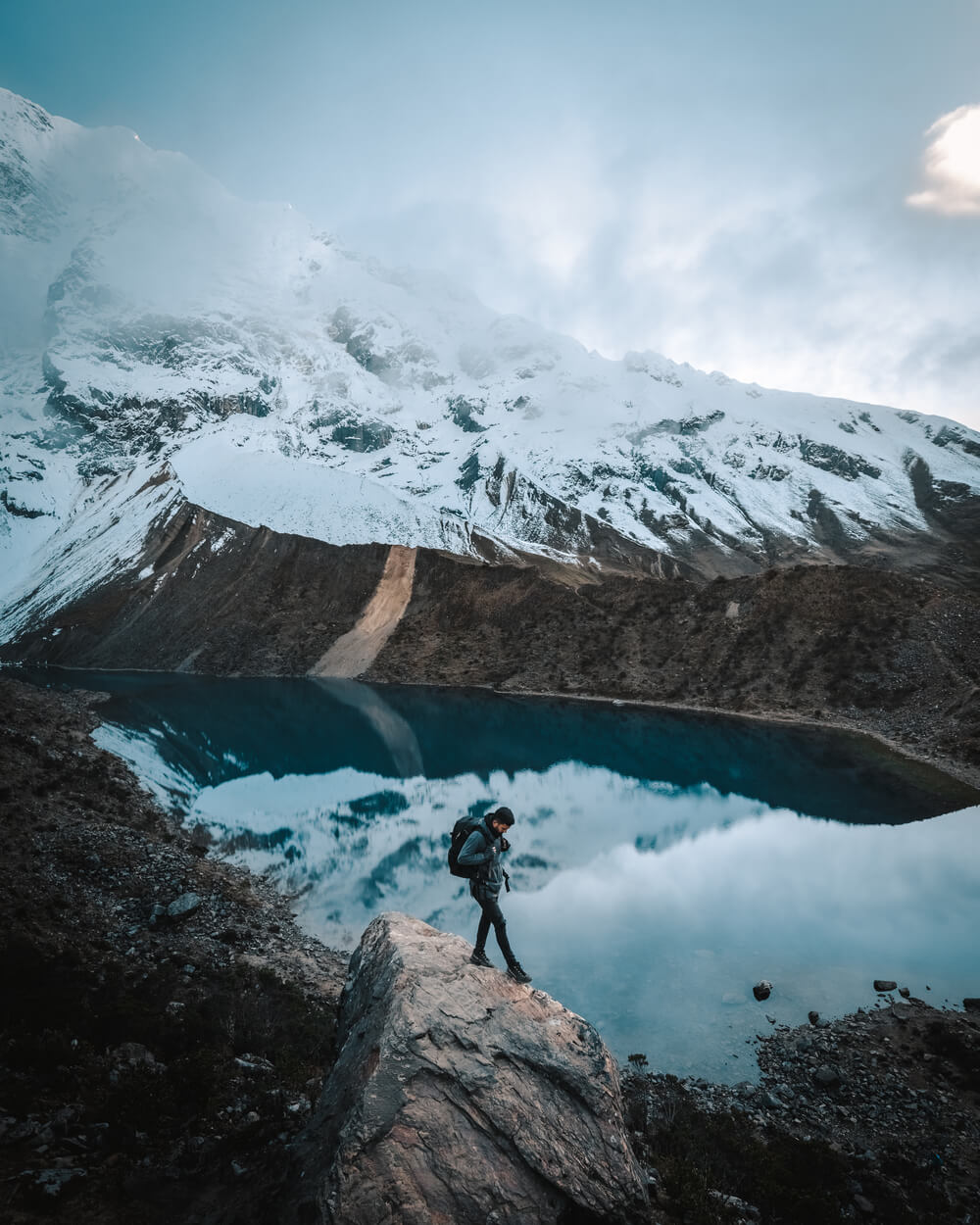
Follow Jordan on Instagram to see more of his travel and landscape photography.

Capture the awe-inspiring landscapes of the Canadian Rockies with these indispensable tips from photographer, Tony Irving.

Discover the most spectacular photography locations in Egypt and Jordan with travel tips from Jona Grey.

From waterfalls and glaciers to wild horses and black-sand beaches, photographer Steph Vella shares her advice on capturing the spectacular natural beauty of Iceland.